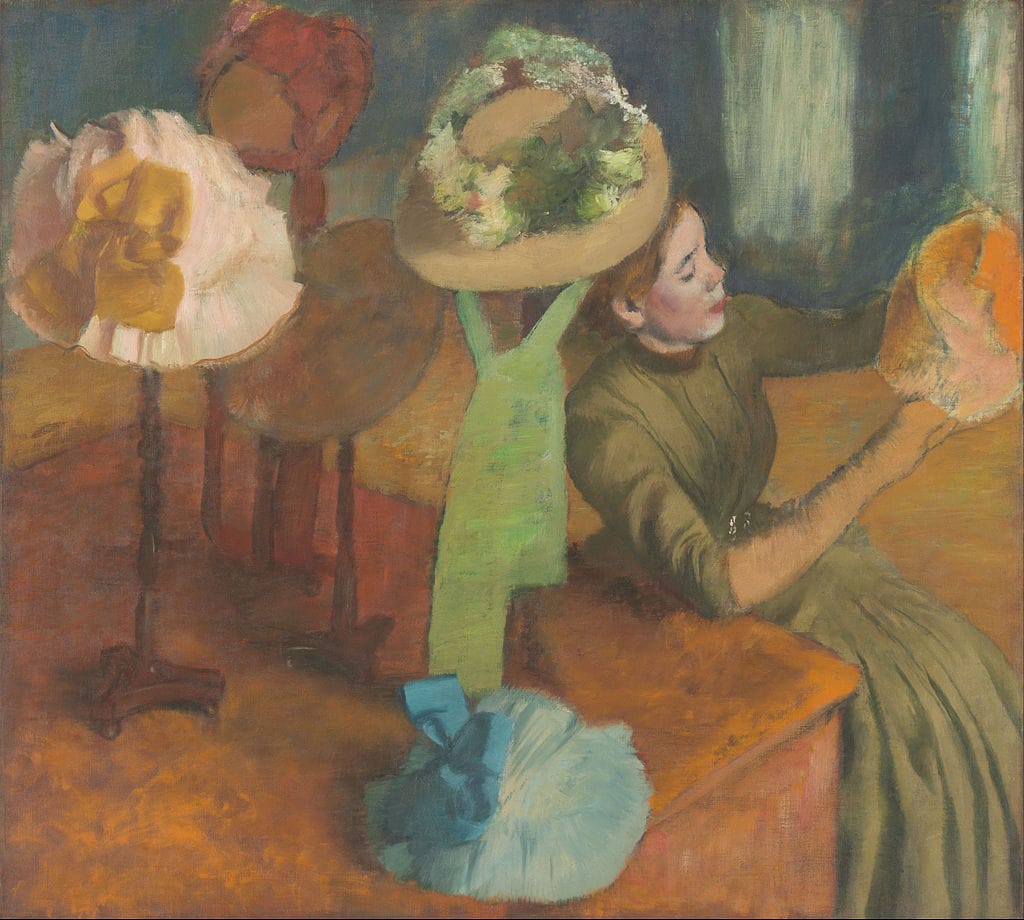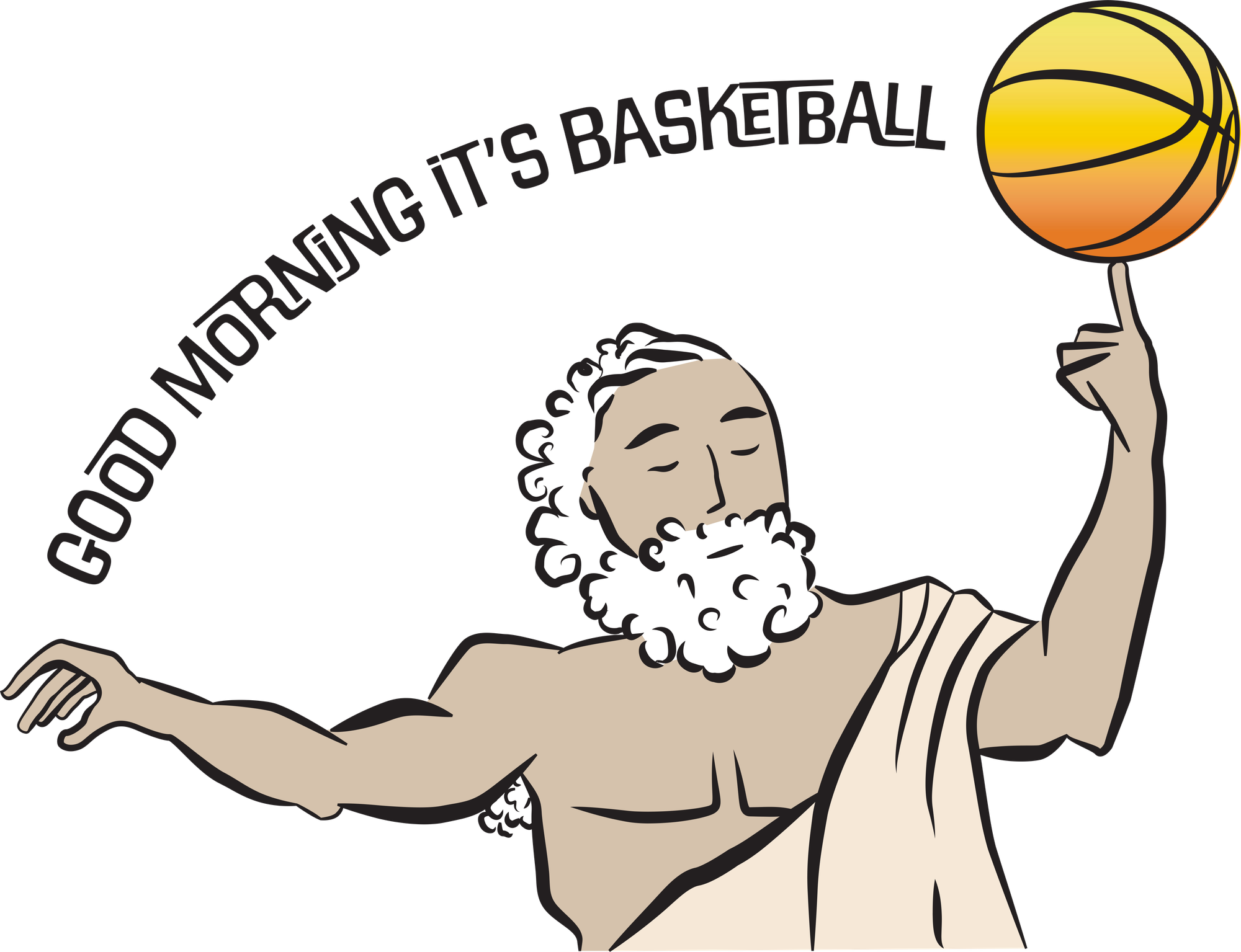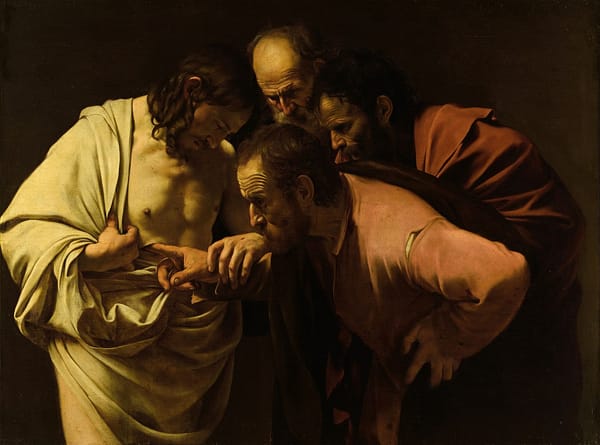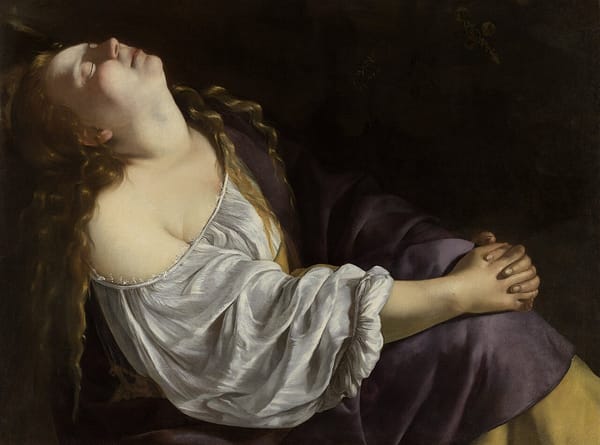The next domino of the NBA's extension era
Good morning. As contract extensions become the best way to secure long-term security in the NBA, let's look at how unrestricted free agency will be impacted.

Good morning. As contract extensions become the best way to secure long-term security in the NBA, let's look at how unrestricted free agency will be impacted.
Reacting to rampant player movement in free agency, the NBA squeezed more flexibility for teams to execute contract extensions into the 2011 and 2017 collective bargaining agreements with the players' union. Even as player movement via free agency slowed down in 2020s, the NBA further invested in boosting extensions in the 2023 labor agreement, increasing the size of maximum raises and removing additional roster restrictions on supermax deals. The aprons get all of the attention, and should: they are having an enormous impact on NBA team-building (and even more on team-sustaining). But the continued boost for extensions over free agency matters, too.
This tilting of how players secure long-term contracts is having broad impacts.
First, we're seeing that in the new paradigm teams simply don't have salary cap space in the way that they used to. Only a few teams came into the summer with appreciable cap space, and only one (Brooklyn) really has been leveraging it to do stuff. None of that "stuff" involves signing veteran players to competitive contracts; it's more the arbitrage piece that many rebuilding teams do to boost their draft equity accounts and land fringe prospects.
Why don't teams have raw cap space? That has nothing to do with the aprons, really. It's all about extensions. It used to be that only high-end players – or those perceived by their teams to be high-end – would secure early extensions to lock in the highest salary possible for the longest term possible (assuming there wasn't a competitive reason to maintain flexibility).
Extension rules prior to 2017 actually financially disincentivized even the top players to sign extensions instead of signing new contracts in free agency. That was the biggest tweak in the 2017 labor agreement: the so-called Kevin Durant Rule that gave incumbent teams stronger advantages to retaining elite players via the supermax contract for veterans. Of course, the initial use of the new power was for a couple of teams to look at their stars eligible for more money and decide they did not want to pay it. That led the Kings to abruptly trade DeMarcus Cousins (maybe the right call, just done prematurely and messily) and the Bulls to trade Jimmy Butler (definitely the wrong call). In any case, overall, more extensions means less cap space for teams. If your team is extending veterans left and right under the more flexible rules in place, your team simply does not have space to go chase free agents in the offseason.
This is a self-reinforcing process: every summer where agents and players see fewer teams with cap space available, the more likely they are to sign extensions when offered. This then lowers cap space available as teams see the talent pool thin out and are more willing to negotiate with their own future free agents on extensions to avoid free agency.
Want to read the rest of this newsletter, get every issue delivered to your inbox and get access to our Discord server filling with NBA sickos? Become a paid subscriber for $7/month or $70/year.




